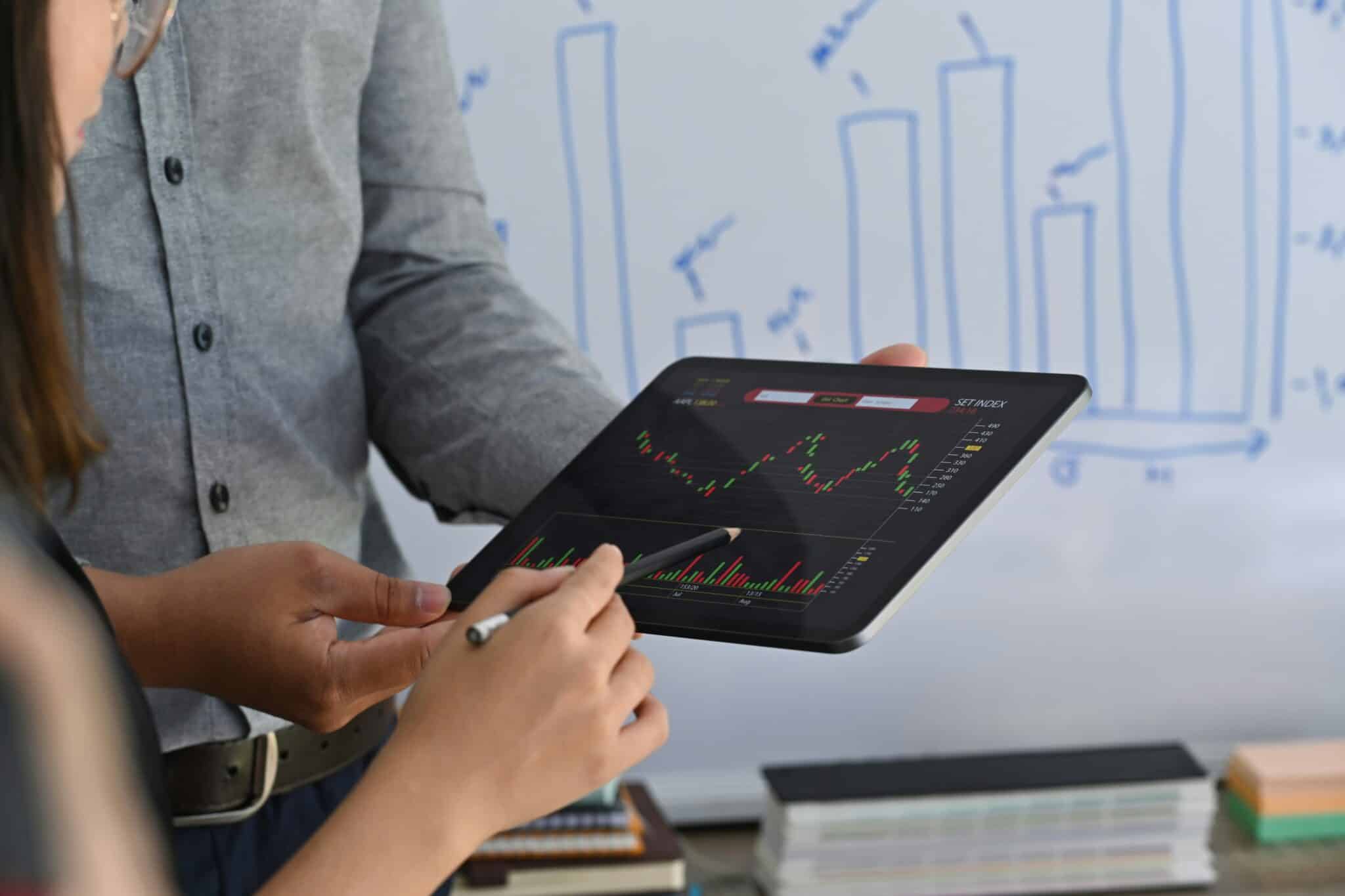In these times of Supply Chain uncertainty and disruption, having access to all relevant data for inventory forecasting and planning is highly recommended – some would even say vital.
Internal data is something you will most likely already have to hand. This may include various data, including but not limited to inventory levels, sales figures, payroll, and more. Whereas external data comes from different public and private sources and can include everything from weather conditions, economics, consumer behaviour, and trade policies to critical world events such as the recent pandemic and the war on Ukraine.
Everyone in supply chain management is constantly looking for innovative ways to stay ahead of curve and as Forbes points out, internal data sources are simply not quite enough to help you forecast accurately in today’s day and age: ‘Most often, companies will focus on their internal historical data trends coupled with anecdotal viewing of general industry data sets and gross domestic product (GDP), all of which are no longer predictable. Companies need all of the data necessary to provide a holistic view of global, regional, and local economies in order to monitor for key signals of upcoming changes in demand.’
However, an inventory optimization solution engine, such as our AGR solution, allows you to combine external data with your existing internal data when planning for your supply chain. This creates a unique forecasting and planning system that is tailored to your business needs, taking into account all elements of your customers and their interactions with your business.
‘Organizations that stay abreast of the expanding external-data ecosystem and successfully integrate a broad spectrum of external data into their operations can outperform other companies by unlocking improvements in growth, productivity, and risk management.’
Therefore, the only way to truly stay ahead of unprecedented and unpredictable times is by planning as best as possible and predicting your future using as many external data sources as you possibly can.
If you want to know more about how AGR can help your business forecast better, please contact us here.




